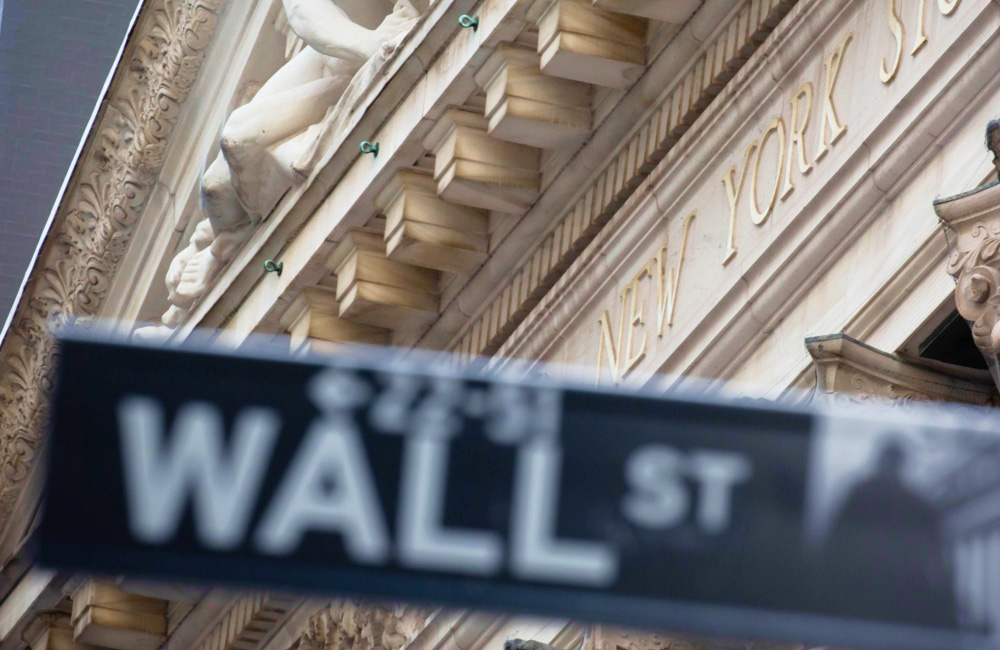
对冲基金投资者可能具有截然不同的绩效经验。
拿托管期货资金,,,,for example, which have turned in monthly performance numbers that haven’t been this good since 2003. In fact, if 2022 were to end in March, the category’s 9.7 percent return would be its best calendar year since 2014. On the other end of the performance spectrum, the equity sector index returned – 7.6 percent for the first three months of the year. If 2022 ended now, equity sector funds would have had their worst calendar year since 2008.
这一切都取决于投资者对宏观,托管期货和股票部门策略的权重。PivotalPath的45个子指数中的年底表现出色的是全球宏观商品,该商品占12.6%,全球宏观酌处权却产生了10.3%。
相同的差距适用于alpha,通常定义由于没有由给定基准来解释的回报。Hedge Fund研究公司PivotalPath的首席执行官Jon Caplis说:“您有一些相对于标准普尔的策略,在多年来的表现比他们的表现要好,并且有些策略是最糟糕的。”
Managed futures have generated 12 percent in alpha relative to the S&P 500 over the last 12 months, the highest since September 2015. But things haven’t been as rosy for equity sector funds, which are mostly driven by health care, telecommunications, media, and technology stocks. These funds have generated -15 percent in alpha over the last 12 months, the worst rolling one-year performance since July 1999.
卡普利斯说,要了解对冲基金绩效和阿尔法的全局,重要的是要考虑分散的作用,这是当资产类别彼此不同时发生的。对冲基金经理像所有活跃的投资者一样,需要一定程度的分散,以优于同行。如果一切顺利进行,经理的回报也将看起来相似。
自1998年以来,在低分散时期(约2.6%),对冲基金的年度绩效为9.8%。当分散量很高(约6.2%)时,对冲基金的年增长率为12.9%。这是3%的差距。卡普利斯(Caplis)强调,超出一定程度的分散体,对冲基金很难做得很好。这些环境通常以极端波动性为特征,而不是资产类别之间的许多不同动作。2020年3月,色散为12%,这是自1998年以来的最高数字。
卡普利斯说:“作为投资者,您想要的是健康的分散水平。”“它为管理者胜过胜利。”
一年多以来,分散量略有升高,每月约为4%。3月,PivotalPath综合指数的分散体为5.1%,大约是10年历史平均水平的两倍。但是卡普利斯说,这仍然是一个健康的水平。
卡普利斯补充说,所有策略的基金级别的分散仅每月仅略有提高。但是回顾过去的12个月,累积分散剂在托管期货和股本等策略之间造成了极端的绩效差异。
